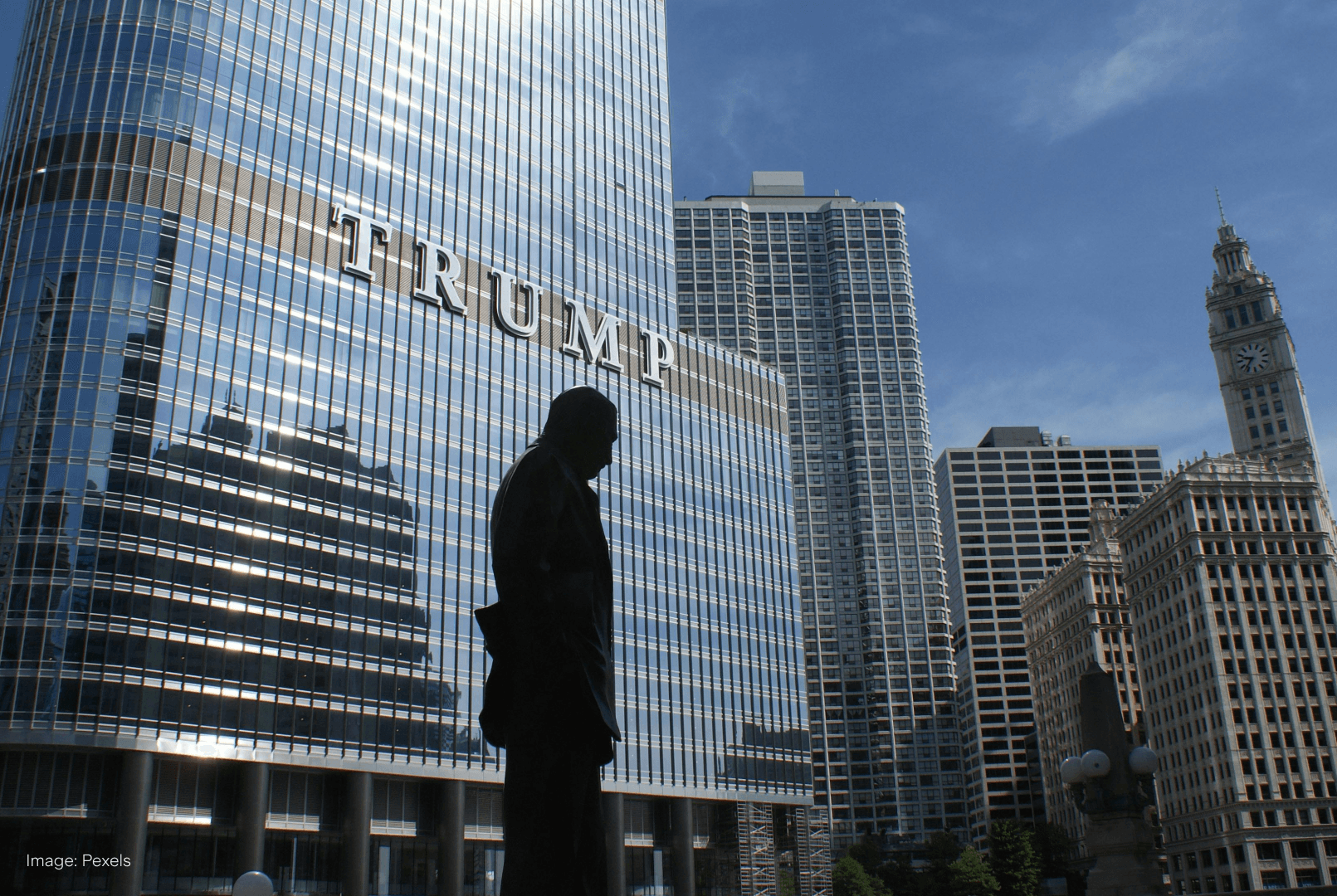
HODL
Bitcoin ETFs raked in billions of dollars after the U.S. election, as crypto-related stocks soared to new highs. Now, institutional investors are getting acquainted with what the HODL strategy really means.
The U.S. stock market responded to Trump’s win with general euphoria, but over the week that followed, most of that initial excitement started to unravel. And yet, as Citi strategists put it, crypto was one of the ‘few Trump trades yet to retrace.’
Bitcoin rallied to a new high ahead of US$93,400 days after election night. The digital asset now boasts a market cap of US$1.8t, making it the seventh-largest asset in the world – after Alphabet ($GOOGL) and ahead of precious metal silver. The scale of price action might have something to do with just how optimistic industry watchers have turned. Trump did promise to make the U.S. ‘the crypto capital of the planet’ after all.
In the four trading days post-election, Bitcoin ETFs pulled in US$3.4b worth of inflows. BlackRock’s fund – the iShares Bitcoin Trust ($IBIT) – had its biggest-ever volume day of US$4.1b on 7 November (more volume than stocks like Berkshire Hathaway ($BRK.A) and Netflix ($NFLX) on the day). It was also the only fund to still see inflows after Bitcoin ETFs snapped their six-day winning streak.
Institutions have been slowly building up their positions: Goldman Sachs ($GS) reported a sizable US$710m position in IBIT last quarter, while BlackRock said it held US$91m in its own fund. Closer to home, Aussie investment bank Macquarie Group ($MQG) reported a US$4.8m IBIT position.
Of course, a crypto rally means it's not just Bitcoin ETFs in the limelight. Coinbase ($COIN) and MicroStrategy ($MSTR) were each up more than 23% after Bitcoin’s big rally last Monday.
For Coinbase, it’s all about revenue from trading volume, which surged close to 400% to around US$11b in the ten days following Trump's re-election. MicroStrategy, on the other hand, might be the OG Bitcoin ETF proxy. It cemented its status as the largest corporate holder of Bitcoin, acquiring even more last week: its US$26b BTC stash is now bigger than even IBM ($IBM) and Nike’s ($NKE) cash holdings.
And Bitcoin mining stocks like Marathon Digital ($MARA) and Riot Platforms ($RIOT) are seeing in their share price what they’ve been lacking in profit margins lately. Mining has become more competitive, which means ‘mining difficulty’ (the algorithm that makes sure 1 BTC is mined in around 10 minutes) goes up, and makes it more capital intensive to succeed at mining a block. Of course, a higher Bitcoin price means mining is much more lucrative.
But just how much longer will the good times continue? Blockchain analytics platform Glassnode noted that 95% of bitcoin supply is in profit. Traders on Polymarket (and even asset manager VanEck) are betting on US$100,000 for BTC before the end of the year. However, order book data on Binance – home to Bitcoin’s most liquid trading pair – tells a different story. Turns out, there’s a big wall of sell orders that could stand in the way of a six-figure Bitcoin in the short term.
For investors that have stuck around from previous crypto bear markets, volatility is a nothing burger. They’ve continued to hold on for dear life or ‘HODL’ through the worst of times. Institutions dipping their toes in this market for this first time might not be quite so loyal.
Whether the proponents of a decentralised economy like it or not, traditional finance now has a seat at the crypto table with sizable positions. If and when they sell, a big part of the market might follow.

